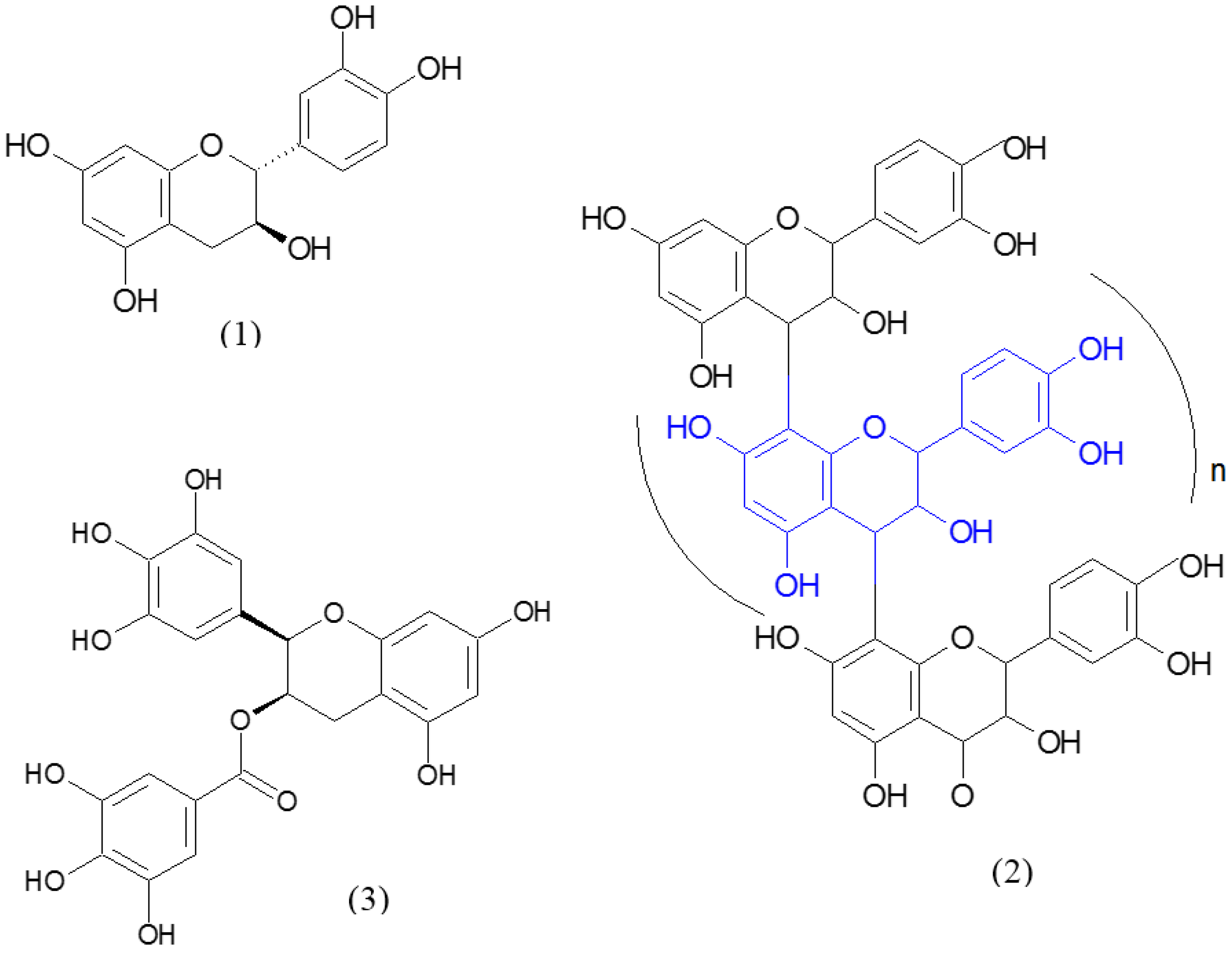Odontonutraceuticals: Pleiotropic Phytotherapeutic Agents for Oral Health
Abstract
:Conflicts of Interest
References
- Braithwaite, M.C.; Tyagi, C.; Tomar, L.K.; Kumar, P.; Choonara, Y.E.; Pillay, V. Nutraceutical-based therapeutics and formulation strategies augmenting their efficiency to complement modern medicine: An overview. J. Funct. Foods 2014, 6, 82–99. [Google Scholar] [CrossRef]
- Varoni, E.M.; Lodi, G.; Sardella, A.; Carrassi, A.; Iriti, M. Plant polyphenols and oral health: Old phytochemicals for new fields. Curr. Med. Chem. 2012, 19, 1706–1720. [Google Scholar] [CrossRef] [PubMed]
- Iriti, M.; Varoni, E.M. Chemopreventive potential of flavonoids in oral squamous cell carcinoma: In humans studies. Nutrients 2013, 5, 2564–2576. [Google Scholar] [CrossRef] [PubMed]
- Zhao, J. Nutraceuticals, nutritional therapy, phytonutrients and phytotherapy for improvement of human health: A perspective on plant biotechnology application. Recent Pat. Biotechnol. 2007, 1, 75–97. [Google Scholar] [CrossRef] [PubMed]
- Iriti, M.; Vitalini, S.; Fico, G.; Faoro, F. Neuroprotective herbs and foods from different traditional medicines and diets. Molecules 2010, 15, 3517–3555. [Google Scholar] [CrossRef] [PubMed]
- Gonzales-Vallinas, M.; Gonzales-Catejon, M.; Rodriguez-Casado, A.; Ramirez de Molina, A. Dietary phytochemicals in cancer prevention and therapy: A complementary approach with promising perspectives. Nutr.Rev. 2013, 71, 585–599. [Google Scholar] [CrossRef] [PubMed]
- Aguiar, T.R.; Vidal, C.M.P.; Phansalkar, R.S.; Todorova, I.; Napolitano, J.G.; McAlpine, J.B.; Chen, S.N.; Pauli, G.F.; Bedran-Russo, A.K. Dentin biomodification potential depends on polyphenol source. J. Dental Res. 2014, 93, 417–422. [Google Scholar] [CrossRef] [PubMed]
- Gaur, S.; Agnihotri, R. Green tea: A novel functional food for the oral health of older adults. Geriatr. Gerontol. Int. 2014, 14, 238–250. [Google Scholar] [CrossRef] [PubMed]
- Thongprasom, K.; Carrozzo, M.; Furness, S.; Lodi, G. Interventions for treating oral lichen planus. Cochr. Datab. Syst. Rev. 2011, 6, CD001168. [Google Scholar]
- Varoni, E.M.; Lodi, G.; Iriti, M. Efficacy behind activity—Phytotherapeutics are not different from pharmaceuticals. Pharm. Biol. 2015, 53, 404–406. [Google Scholar] [CrossRef] [PubMed]

© 2016 by the authors. Licensee MDPI, Basel, Switzerland. This article is an open access article distributed under the terms and conditions of the Creative Commons by Attribution (CC-BY) license ( http://creativecommons.org/licenses/by/4.0/).
Share and Cite
Varoni, E.M.; Iriti, M. Odontonutraceuticals: Pleiotropic Phytotherapeutic Agents for Oral Health. Pharmaceuticals 2016, 9, 10. https://doi.org/10.3390/ph9010010
Varoni EM, Iriti M. Odontonutraceuticals: Pleiotropic Phytotherapeutic Agents for Oral Health. Pharmaceuticals. 2016; 9(1):10. https://doi.org/10.3390/ph9010010
Chicago/Turabian StyleVaroni, Elena Maria, and Marcello Iriti. 2016. "Odontonutraceuticals: Pleiotropic Phytotherapeutic Agents for Oral Health" Pharmaceuticals 9, no. 1: 10. https://doi.org/10.3390/ph9010010
APA StyleVaroni, E. M., & Iriti, M. (2016). Odontonutraceuticals: Pleiotropic Phytotherapeutic Agents for Oral Health. Pharmaceuticals, 9(1), 10. https://doi.org/10.3390/ph9010010






